
Factory farming conditions and antibiotic-resistant pathogens emerging as a result of them pose an existential threat to humans in the form of zoonotic diseases. Why it’s time to produce and consume food more thoughtfully.
Influenced by foreign countries’ traditions, Moroccan cuisine is characterised by a mix of flavours, aromas and colours that satisfy the eyes as well as the tastebuds.
In Morocco, the ones entrusted with family cuisine are women, the mother and “dada” (nanny), who, thanks to their passion and time, have preserved the country’s culinary heritage through oral tradition. Lunch time in this country is still important because it is a moment during which family members talk and, thanks to delicious meals, distract themselves from the every day’s duties.
Influenced by foreign countries’ traditions, Moroccan cuisine is characterised by a mix of flavours, aromas and colours that satisfy the eyes as well as the tastebuds, and refined dishes for special guests and important occasions that vie with simpler dishes from popular cuisine for their deliciousness. These include spices as well as simple but high-quality ingredients: there are many varieties of fruits and vegetables, both tropical or Mediterranean, you can buy at the market.
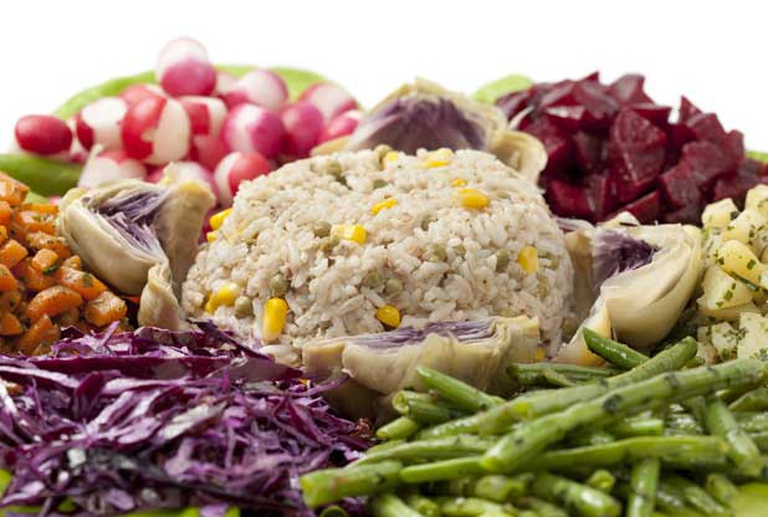
Fish and seafood are the main ingredients of the coasts, while in the other regions different types of meat are used, including lamb, veal and chicken. The typical ingredients of the Andalusian cuisine used even in Morocco are many: olives and olive oil, a few fruits, walnuts and many herbs.

Moroccan banquets usually open with bstilla, a thin dough stuffed with chicken or squab, and they continue with kebab, a dish of pieces of mutton and lamb roasted on a skewer. Immediately after you can taste tajine, a delicatessen made of chicken or any other types of meat in a hot sauce, marinated for several hours and served with the Moroccan home-made flat bread made of semolina flour.
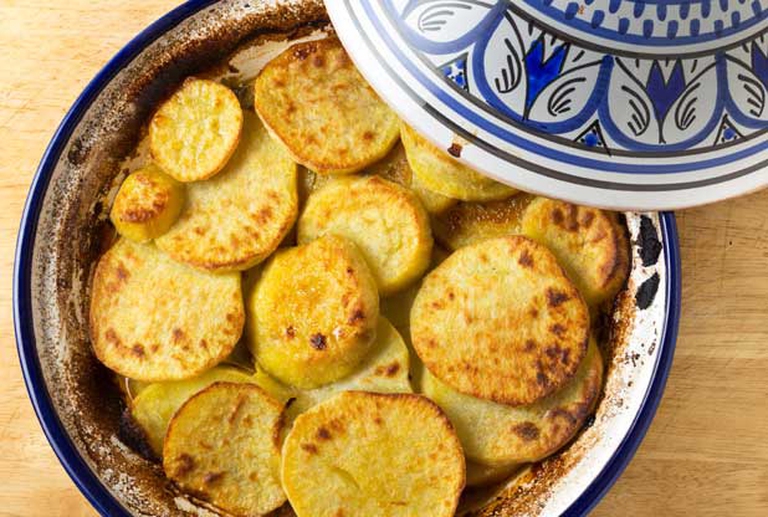
In Morocco bread is often stamped with the emblem of the family who made it in order to distinguish it from other breads when it is put into the communal oven for baking. The meal continues with the batinjaan, a diced aubergine and tomato salad.
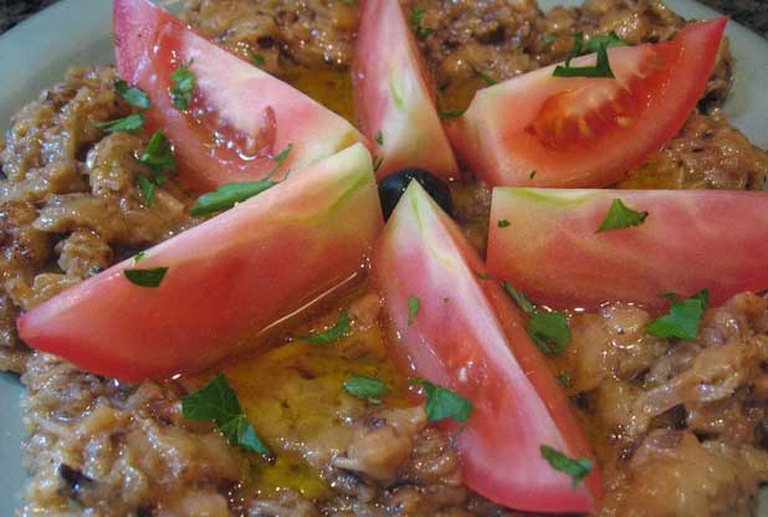
Following, you can taste couscous, the Moroccan national dish. Tradition has it that couscous is prepared at home with finely or coarsely ground wheat, depending on what family members prefer, following a simple process that requires only a few kitchen tools, but a lot of patience. To prepare this dish, women use a special food steamer, whose base is a tall metal pot (Kedra) where a broth made of meat, fish or vegetables, is prepared, while on top, in a pot with holes (Kaskas) the couscous is steamed.
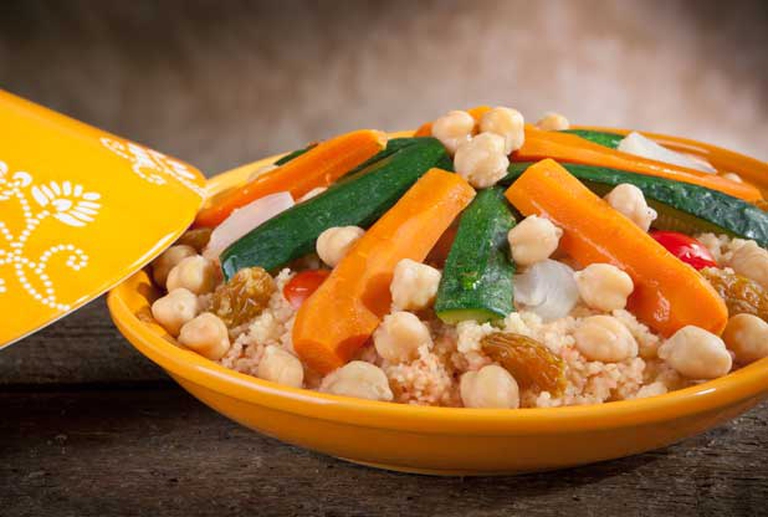
In Morocco it is customary to serve this delicatessen in a large plate where diners take their portion with the help of a spoon. The lunch draws to a close with melon slices and a few delicious home-made sweets, made with honey and almonds. The lunch concludes with refreshing hot tea and mint that is sipped from a finely decorated glass.
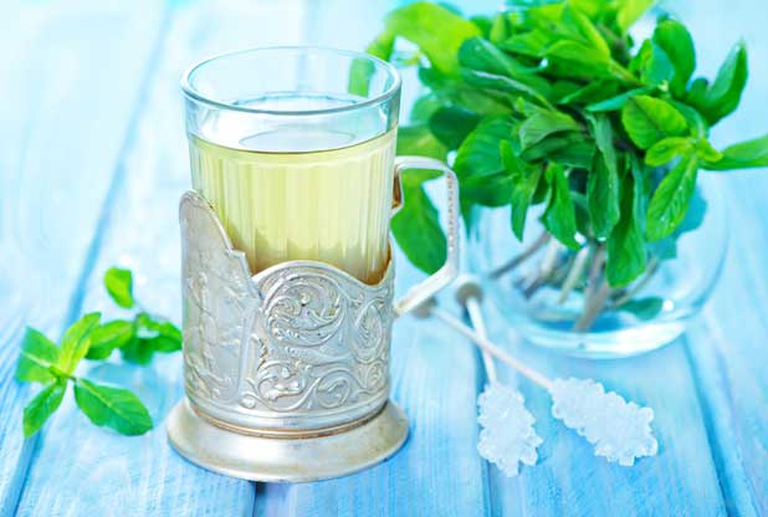
Siamo anche su WhatsApp. Segui il canale ufficiale LifeGate per restare aggiornata, aggiornato sulle ultime notizie e sulle nostre attività.
![]()
Quest'opera è distribuita con Licenza Creative Commons Attribuzione - Non commerciale - Non opere derivate 4.0 Internazionale.
Factory farming conditions and antibiotic-resistant pathogens emerging as a result of them pose an existential threat to humans in the form of zoonotic diseases. Why it’s time to produce and consume food more thoughtfully.
The world of cinema recognises the link between food choices and the climate crisis by offering vegan menus for awards season events, including at the most important of them all: the Oscars.
Let’s look at the reasons behind the growth of veganism in India, as a small yet vocal section of the population turns towards this diet and lifestyle in the largest milk producing country in the world.
by Jeffrey Y. Campbell, Manager of the Forest and Farm Facility at FAO In the Ecuadorian Amazon, Kichwa farmers grow dozens of products on tiny parcels of land. Their lands hum with biodiversity, yielding nutritious foods that have sustained families for generations. Wandering among fruit and nut trees and crops, these indigenous agroforesters fill their baskets
Mint has many health benefits, but in food it’s often accompanied by artificial green colourings. Instead, Galatea has created a green mint ice cream in a completely natural way.
We’re talking about Galatea, a company that produces semi-finished products for artisanal ice creams using high quality ingredients, natural colouring, excluding thickeners and hydrogenated fats, respecting the environment and supporting the less fortunate.
The mad rush to fake food, like fake meat made with genetically-modified soy, ignores the importance of the diversity of our foods and culinary cultures. It’s a recipe to accelerate the destruction of the Planet and our health.
Like with all foods, the quality of an ice cream can be discerned by reading its label. An expert explains how to do this, and tells us how their company steers clear of chemicals, using only natural ingredients to produce an excellent and “free” ice cream.
Quality ingredients, no artificial colouring and hydrogenated fats. These are the main features of a great ice cream. But what makes an ice cream parlour “good”, i.e. sustainable?







